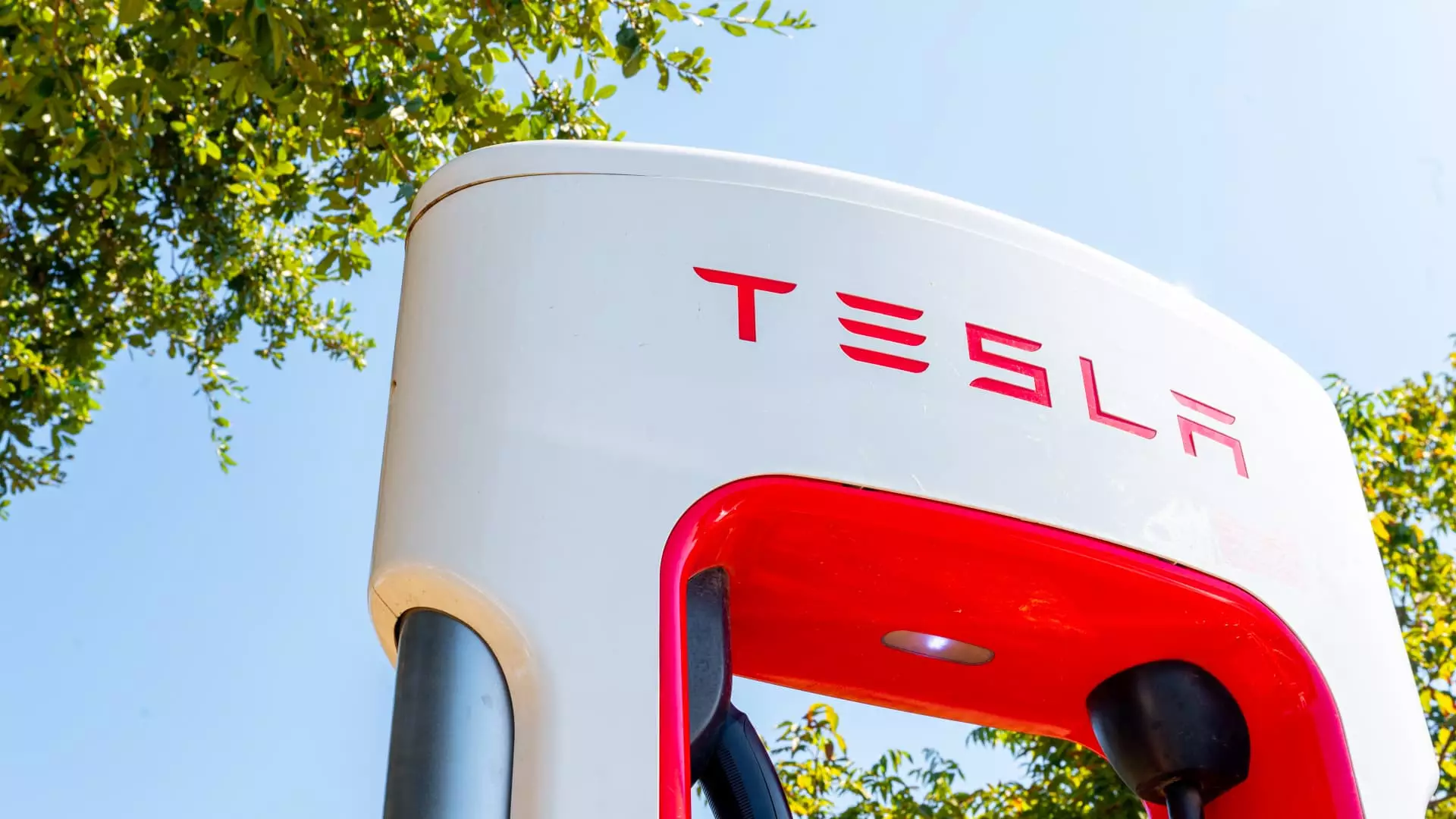In 2023, the family of Genesis Giovanni Mendoza-Martinez filed a lawsuit against Tesla after his tragic death in a car accident involving a Model S sedan. The collision took place in Walnut Creek, California, and also resulted in serious injuries to his brother, Caleb, who was a passenger during the crash. The Mendoza family alleges that Tesla’s misleading portrayal of its Autopilot technology contributed to this heartbreaking event. They argue that the company’s representations about the functionality and reliability of its driver-assist features amount to “fraudulent misrepresentation.” This case is particularly significant given its implications for the future of autonomous vehicle technologies and the responsibilities of manufacturers.
Initially filed in Contra Costa County, the case was recently moved to federal court in California’s Northern District. This transition often signifies a more rigorous legal setting where plaintiffs must overcome a higher burden of proof for fraud allegations. Legal experts point out that the choice of jurisdiction could reflect Tesla’s strategy to challenge the claims with an aim to diminish the case’s merits in a more demanding judicial environment. Historical data suggests that cases tried in federal court can result in different outcomes compared to those in state court, which could potentially disadvantage the Mendoza family’s claims.
The Mendoza family’s attorneys contend that both Tesla and its CEO, Elon Musk, have long exaggerated and misrepresented the efficacy of their Autopilot and Full Self-Driving (FSD) features. They cite various public communications from Musk—such as tweets and statements made during earnings calls—as evidence of Tesla’s manipulative narratives aimed at boosting market excitement and, consequently, stock value. This raises substantial questions about the ethical implications of marketing autonomous technologies and the extent to which companies must be held accountable for the public’s interpretation of their advertised capabilities.
In response to the lawsuit, Tesla’s legal team asserts that the accident was primarily due to the driver’s own negligence rather than any shortcomings of the vehicle or its technology. They argue that the design and implementation of their systems comply with both state and federal safety standards, framing the Autopilot as a reasonably safe technology. This defensive posture underscores an ongoing challenge for plaintiffs in cases involving advanced automotive technologies: proving direct causality between alleged misrepresentations and the events leading to an accident.
The Mendoza-Martinez incident is not an isolated case. At least 15 other lawsuits have emerged against Tesla, focusing on similar claims related to accidents that occurred while Autopilot or FSD was in use. The scrutiny surrounding Tesla’s self-driving features has caught the attention of regulatory bodies, including the National Highway Traffic Safety Administration (NHTSA), which initiated an investigation into Tesla’s automated driving system following several concerning incidents. Ongoing probes into not only the efficacy of Tesla’s solutions but also the company’s marketing tactics have raised alarm bells regarding consumer safety and informed consent.
Amidst these legal challenges, Tesla continues to innovate. The company is in the process of rolling out a new version of its FSD technology while also facing lawsuits, regulatory scrutiny, and public skepticism about its claims. The stark contrast between Tesla’s ambitions and the realities of its technology raises significant questions about the pace of innovation in the autonomous vehicle space. While companies like Waymo and WeRide have entered the commercial robotaxi market, Tesla’s promise of achieving full autonomy remains unfulfilled.
The legal battles surrounding Tesla’s Autopilot technology highlight the complex interplay between innovation, safety, and corporate responsibility. As the case unfolds, it poses broader implications for how automotive manufacturers communicate the capabilities of their products in an era rapidly approaching fully autonomous vehicles. The outcome could reshape the industry’s approach to marketing, consumer trust, and the fundamental design of future automotive technologies. As we look toward the future, it becomes crucial to scrutinize how companies can strike a balance between ambition and accountability in the burgeoning field of autonomous transportation.

